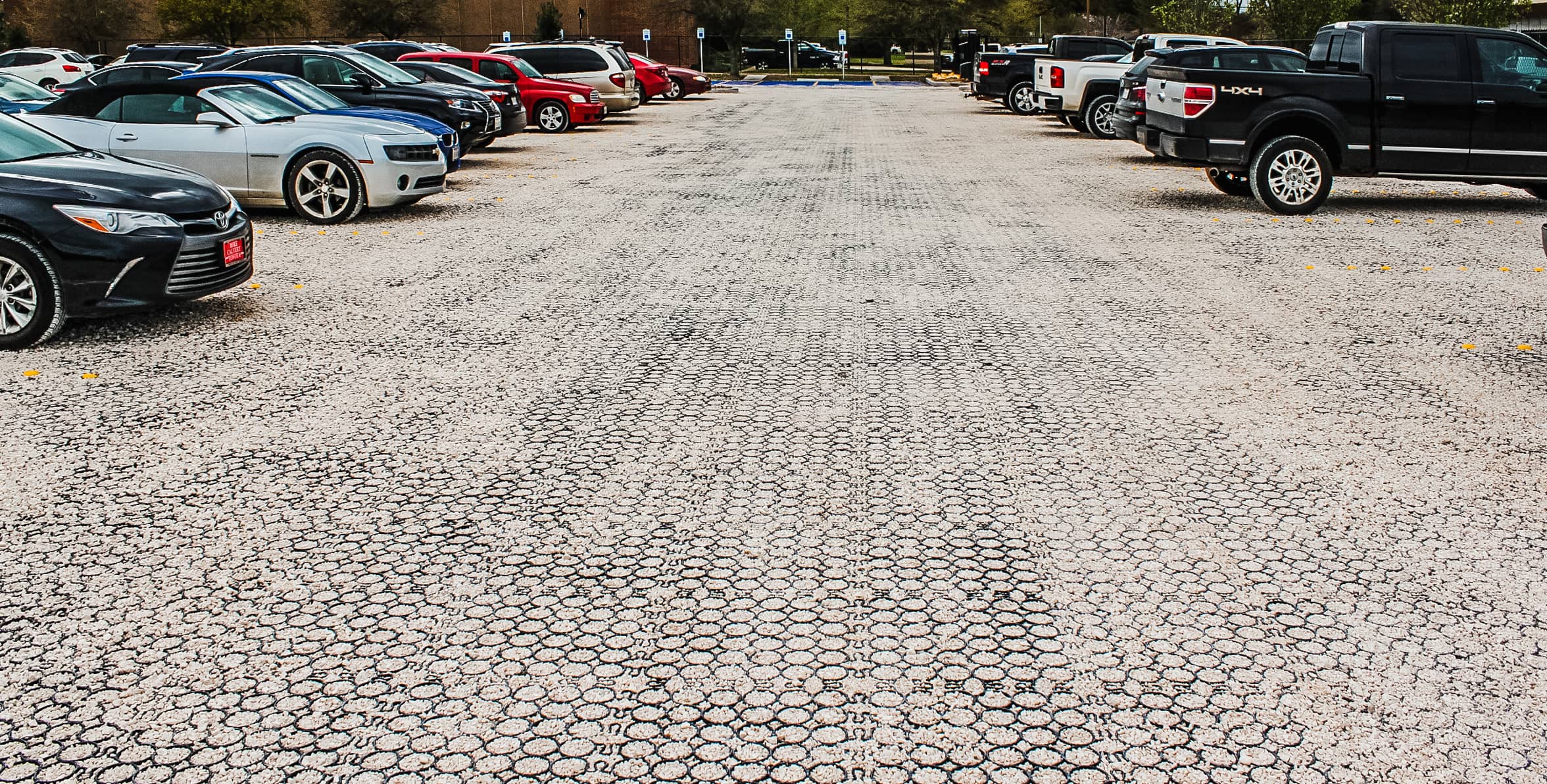The 3 Top Ways Construction Can Combat Flood Damage

Natural disasters are inevitable, unpredictable, and devastating, as when a recent downpour in Rainier, Oregon, caused water levels to rise six inches, severely damaging property and affecting the town’s utilities.
Weather events like these put life on hold. For the construction industry in particular, flooding washes piles of money and time down the drain along with the stormwater that can be so hard to get rid of.
However, instead of letting a flood run wild and hoping to recover once the damage is done, we can take charge in advance. We may not be able to stop flooding, but we can proactively mitigate the fallout.
What We Can Do

Today’s technology offers the construction industry a number of sustainable, effective ways to better control flooding. Each strategy analyzes where water tends to go in an area and calculates the best way to redirect it. Shifting our mindset from working against nature to working with is improving stormwater management.
Biomimicry, for example, is the concept of copying nature in design, like emulating natural tide pools and rocky shores instead of building seawalls and breakwaters on the coast. A similar solution is creating an urban wetland: green spaces in an otherwise concrete community that absorb stormwater, reducing flood levels.
Other methods include incorporating stormwater management into public design. In Rotterdam, Netherlands, the local government realized that higher walls weren’t sustainable because they didn’t give water enough room to flow. Instead of more and higher walls, the city built new plazas with fountains and gardens that double as retention ponds.

There’s also my own favorite solution: permeable paving. Pervious paving materials have open cells or pores that let stormwater infiltrate the ground. Instead of pooling on or running off a surface as with hardscapes, water can escape by absorbing through the paving.
How We Can Do It
Managing flood risk in your upcoming construction projects starts with a few simple actions:
- Bring everyone on board.
Change starts with education. All parties — engineers, homeowners, architects, and others — should be knowledgeable about flooding solutions. Houston has an invaluable initiative in the public Green Building Resource Center, where anyone can find resources on sustainably controlling floodwaters. Letting people know that solutions are available and what they are is the first step to putting them in place.
- Plan for the worst.
In construction, we’ve all learned to hope for the best but plan for the worst. Flooding is no exception. Adjust estimates if needed; your project may run a higher budget, but it will be more expensive to deal with damage retroactively. Deepen your retention ponds, secure their perimeters, and stabilize your slopes to ensure they don’t erode. None of these is a silver-bullet solution, but each one helps minimize floodwater’s effects on a structure. If you have the means, consider elevated construction. It takes some engineering, but it’s an excellent way to reduce risk long-term.
- Create better surfaces.
Slopes and ponds are good solutions, but all they really do is create somewhere else for water to sit. To maximize control over flooding, construction professionals can provide more pathways for stormwater to flow — and then escape. Permeable pavement solutions accomplish just that, so consider folding this concept into your project.
There are plenty of ways to design construction projects that minimize flood damage. Keep all parties educated and think outside the box on stormwater management. You can’t stop flooding completely, but you can leverage the resources at hand to minimize flood damage.
Talk to Us Today.
Talk with an engineer or sales team member today to learn more!
24 hour quotes. FREE SHIPPING. Factory Direct Prices.
Call 1-855-355-GRID(4743)



